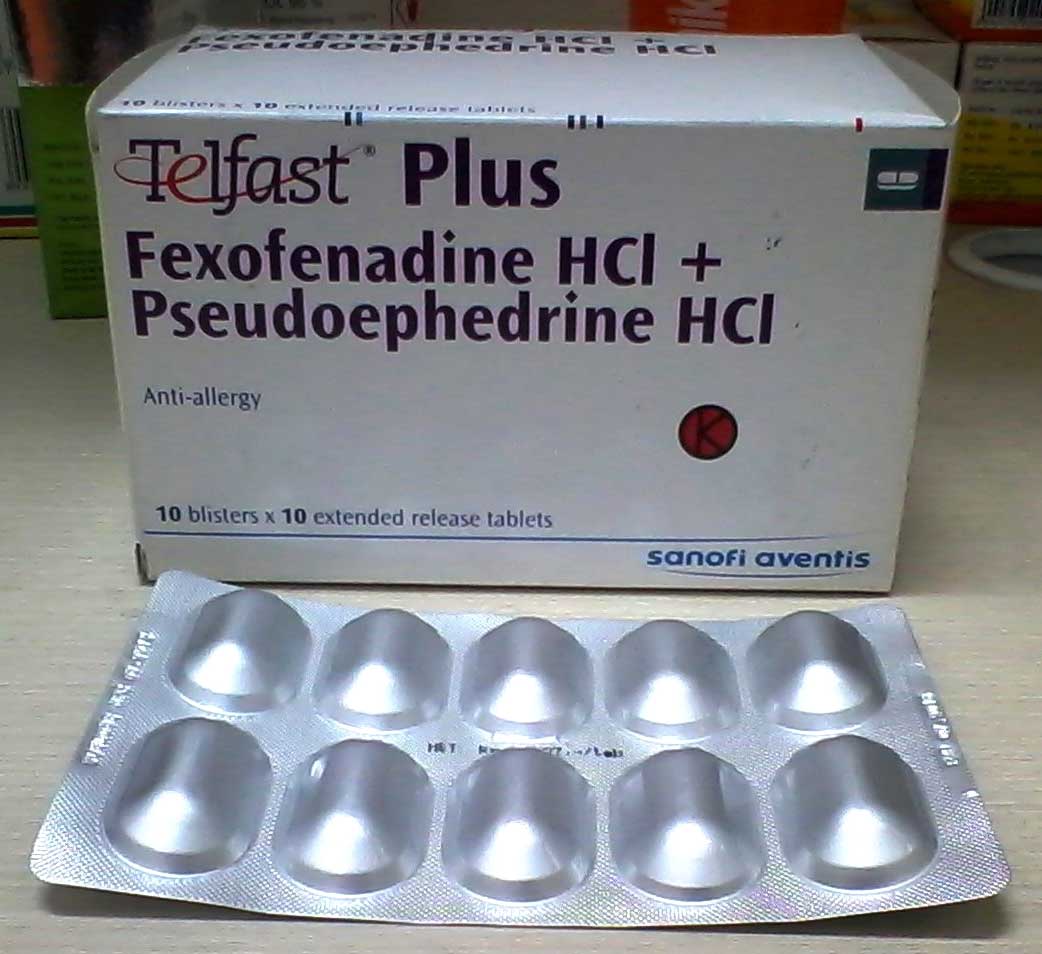Automotive Battery Hazard Classifications: Complete Safety Guide
Understand automotive battery hazard classifications
Automotive batteries contain hazardous materials that require specific classification for safe handling, transportation, and disposal. These power sources, essential for vehicle operation, pose potential risks due to their chemical composition and corrosive nature. Understand the hazard class of automotive batteries is crucial for safety compliance and environmental protection.
What hazard class are automotive batteries?
Most automotive batteries are classified as
Class 8 hazardous materials
(corrosive substances )accord to the department of transportation ( (t ) )d international regulations. This classification mainly applappliesconventional lead acid batteries, which remain the near common type in vehicles today.
Additionally, automotive batteries may carry a
Class 9 hazardous materials
Classification (miscellaneous dangerous goods )when consider their environmental impact and disposal requirements.
Lead acid batteries: class 8 hazardous materials
Lead acid batteries, the traditional power source for most vehicles, contain sulfuric acid electrolyte solution and lead components. These batteries receive the class 8 designation because:
- The sulfuric acid electrolyte is extremely corrosive to human tissue and metal
- Contact with the acid can cause severe chemical burns
- The batteries can leak corrosive materials if damage
- They produce hydrogen gas during charge, create explosion risks
The un identification number for lead acid batteries is un2794 (batteries, wet, fill with acid ) When shipping use or recycled batteries, they may bebe classifiednder un2794 or un2800 (batteries, wet, non spillable )
Lithium-ion batteries: class 9 hazardous materials
With the increase popularity of electric and hybrid vehicles, lithium-ion batteries have become more prevalent. These batteries fall under
Class 9 hazardous materials
(miscellaneous dangerous goods )with the un identification number un3480 for lilithium-ionatteries ship unique or un3481 when ship with or contain in equipment.
Lithium-ion batteries receive this classification because they:
- Present fire hazards if damage or improperly handle
- Can experience thermal runaway, lead to intense fires
- Contain flammable electrolytes
- Are difficult to extinguish erstwhile ignite
Secondary hazard classifications for automotive batteries
Beyond their primary hazard classifications, automotive batteries may carry additional hazard designations:
Environmental hazards
Both lead acid and lithium-ion batteries are classified as environmentally hazardous substances due to their potential to cause ecological damage if improperly dispose of. Lead is a toxic heavy metal, while lithium and other components in advanced batteries can contaminate soil and water systems.
Toxic materials’ classification
The lead content in traditional automotive batteries qualify them as toxic materials under many regulatory frameworks. The resource conservation and recovery act (rCRA))dentifies lead as a hazardous waste when disdiscarded
Regulatory frameworks for automotive battery hazard classification
Several regulatory systems govern the classification of automotive batteries as hazardous materials:

Source: gethowtotips.com
Department of transportation (dot )regulations
The dot regulate the transportation of hazardous materials through 49 CFR (code of federal regulations ) Part 173 specifically address the packaging requirements for different classes of hazardous materials, include automotive batteries.
Under dot regulations, lead acid batteries must be:
- Package to prevent short circuits
- Secure against movement during transport
- Protect against damage
- Right label with hazard class markings
International air transport association (iIATA)regulations
IATA have strict guidelines for transport batteries by air. Lead acid batteries are typically forbid on passenger aircraft and must follow specific packaging instructions for cargo aircraft. Lithium-ion batteries face yet more stringent requirements due to their fire risk.
International maritime dangerous goods (iIMG))ode
For sea transport, the IMG code cclassifiesautomotive batteries accord to their hazard properties and set requirements for shipping documents, packaging, labeling, and stowage.
Handling requirements base on hazard classification
The hazard classification of automotive batteries dictate specific handling procedures:
Personal protective equipment (pPPE)
When handle lead acid batteries classify as class 8 materials, appropriate PPE include:
- Chemical resistant gloves
- Eye protection or face shield
- Acid-resistant clothing
- Proper ventilation to prevent inhalation of gases
Transportation requirements
Transportation of automotive batteries require:
- Proper packaging to prevent short circuits
- Secure positioning to prevent movement
- Clear hazard labels and shipping papers
- Vehicles equip with appropriate safety equipment
- Compliance with quantity limitations for certain transportation modes
Storage guidelines
Base on their hazard classification, automotive batteries should be store:
- In wellspring ventilate areas outside from ignition sources
- On acid-resistant surfaces
- With terminals protect to prevent short circuits
- Aside from incompatible materials
- With appropriate spill containment measures
Special considerations for different battery types
Absorbed glass mat (aAGM)batteries
AGM batteries, while static lead acid base, are classified as non spillabl(( un280)) if they meet specific test requirements. This classification may allow for less stringent shipping regulations in some circumstances, though they remain class 8 hazardous materials.
Gel cell batteries
Similar to AGM batteries, gel cell batteries contain the electrolyte in a gel form, reduce the risk of spillage. They may qualify as non spillable under certain conditions but are static classify as class 8 hazardous materials.
Enhanced flooded batteries (eEFB)
EFB batteries, design for start stop systems, contain liquid electrolyte and are classified as standard class 8 hazardous material(( un279)).
Emergency response for automotive battery hazards
The hazard classification of automotive batteries inform emergency response procedures:
Acid spills (class 8 hazards )
For lead acid battery spills:
- Evacuate the immediate area
- Wear appropriate PPE
- Neutralize acid with bake soda or commercial neutralizers
- Avoid water flush until neutralization
- Dispose of cleanup materials as hazardous waste
Lithium-ion battery fires (class 9 hazards )
For lithium-ion battery fires:
- Use a class d fire extinguisher if available
- Copious amounts of water can be used to cool the battery and prevent spread
- Avoid inhale fumes
- Be prepared for reignition, as lithium-ion fires can reignite hours or days afterward
Disposal considerations base on hazard class
The hazard classification of automotive batteries mandate specific disposal procedures:
Lead acid battery recycling
Lead acid batteries are among the near successfully recycle products in the United States, with a recovery rate exceed 99 %. Their class 8 hazardous classification require:
- Collection by authorize recyclers
- Transportation under hazardous materials regulations
- Process at specialized facilities
- Documentation of proper disposal
Lithium-ion battery disposal
The class 9 classification of lithium-ion batteries require specialized disposal procedures:
- Discharge to roughly 30 % capacity
- Isolation of terminals to prevent short circuits
- Collection by specialized recyclers
- Thermal or mechanical processing to recover valuable materials
Regulatory compliance for businesses
Businesses handle automotive batteries must comply with regulations base on their hazard classification:
Retailer requirements
Automotive parts retailers and service centers must:
- Accept use batteries for recycle
- Store batteries accord to hazard class requirements
- Maintain proper documentation
- Train employees on hazard awareness
- Display appropriate signage
Manufacturer and distributor requirements
Battery manufacturers and distributors must:
- Right label products with hazard information
- Provide safety data sheets (sSDS)
- Use dot approve packaging
- Follow with shipping regulations
- Maintain hazardous materials transportation registrations
Consumer safety guidelines
Consumers should understand the hazard classification of automotive batteries to ensure safe handling:
DIY battery replacement safety
When replace a battery:
- Wear gloves and eye protection
- Disconnect the negative terminal start
- Avoid metal tools contact both terminals simultaneously
- Clean corrosion use a bake soda solution
- Transport the old battery upright and secure
Jump to start safety
When jump start a vehicle:
- Use jumper cables rate for automotive use
- Connect positive to positive, negative to engine block (not straightaway to negative terminal )
- Avoid lean over batteries during connection
- Ensure proper ventilation
Environmental impact of automotive battery hazards
The hazard classification of automotive batteries reflect their potential environmental impact:
Lead contamination
Lead from improperly dispose batteries can:

Source: exonupfld.blob.core.windows.net
- Leach into groundwater
- Contaminate soil
- Enter the food chain
- Cause developmental issues in wildlife and humans
Acid pollution
Battery acid can:
- Alter soil pH
- Kill aquatic organisms
- Damage infrastructure
- Contribute to acid rain effects
Future trends in automotive battery hazard classification
As automotive technology evolves, hazard classifications are adapted:
Solid state batteries
Emerge solid state battery technology may offer reduce hazard classifications due to:
- Elimination of liquid electrolytes
- Reduced fire risk
- Greater stability under adverse conditions
- Potentially lower environmental impact
Enhanced safety features
Modern automotive batteries progressively incorporate safety features that may influence their hazard classification:
- Internal circuit breakers
- Thermal management systems
- Improved case design to prevent leakage
- Smart monitoring capabilities
Conclusion: the importance of understanding battery hazard classifications
Automotive batteries, whether traditional lead acid (class 8) or newer llithium-ion((lass 9 ))contain hazardous materials that require proper handling, transportation, and disposal. Understand these hazard classifications is essential for:
- Ensure personal safety
- Comply with regulations
- Protect the environment
- Respond suitably to emergencies
- Facilitate proper recycling
By recognize automotive batteries as hazardous materials and follow the guidelines associate with their classification, we can minimize risks while maximize the benefits of these essential automotive components.



